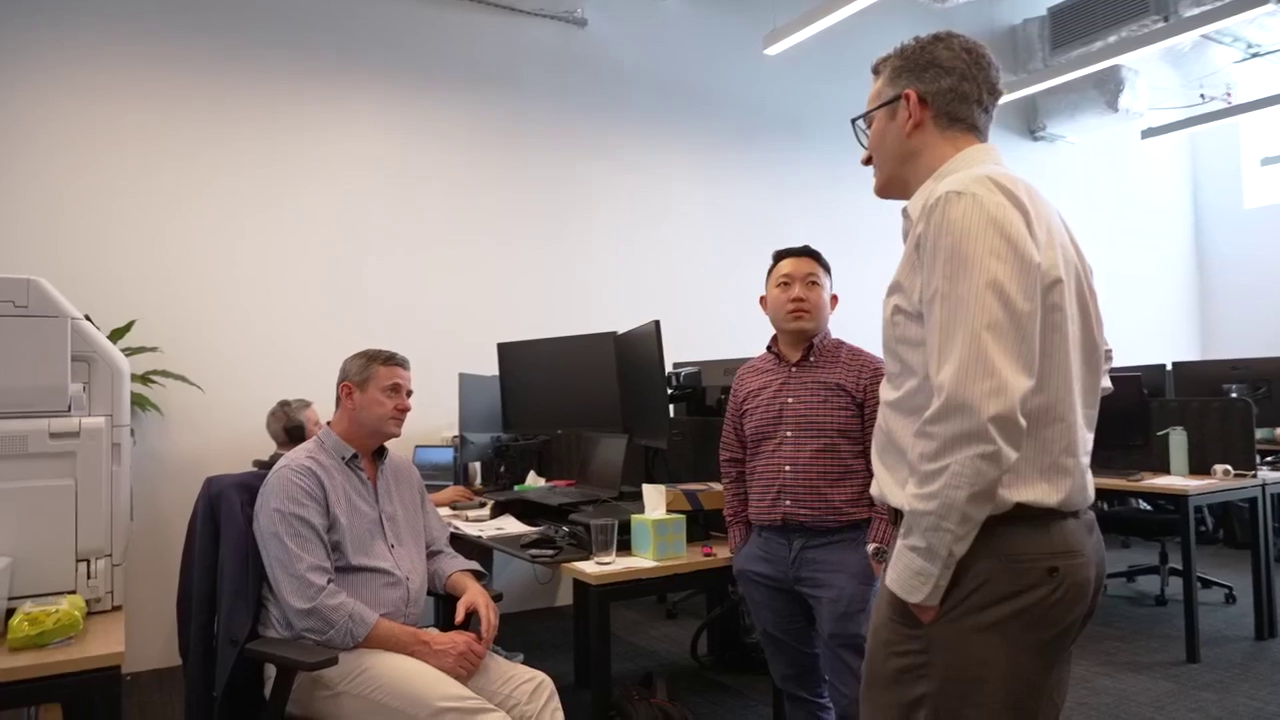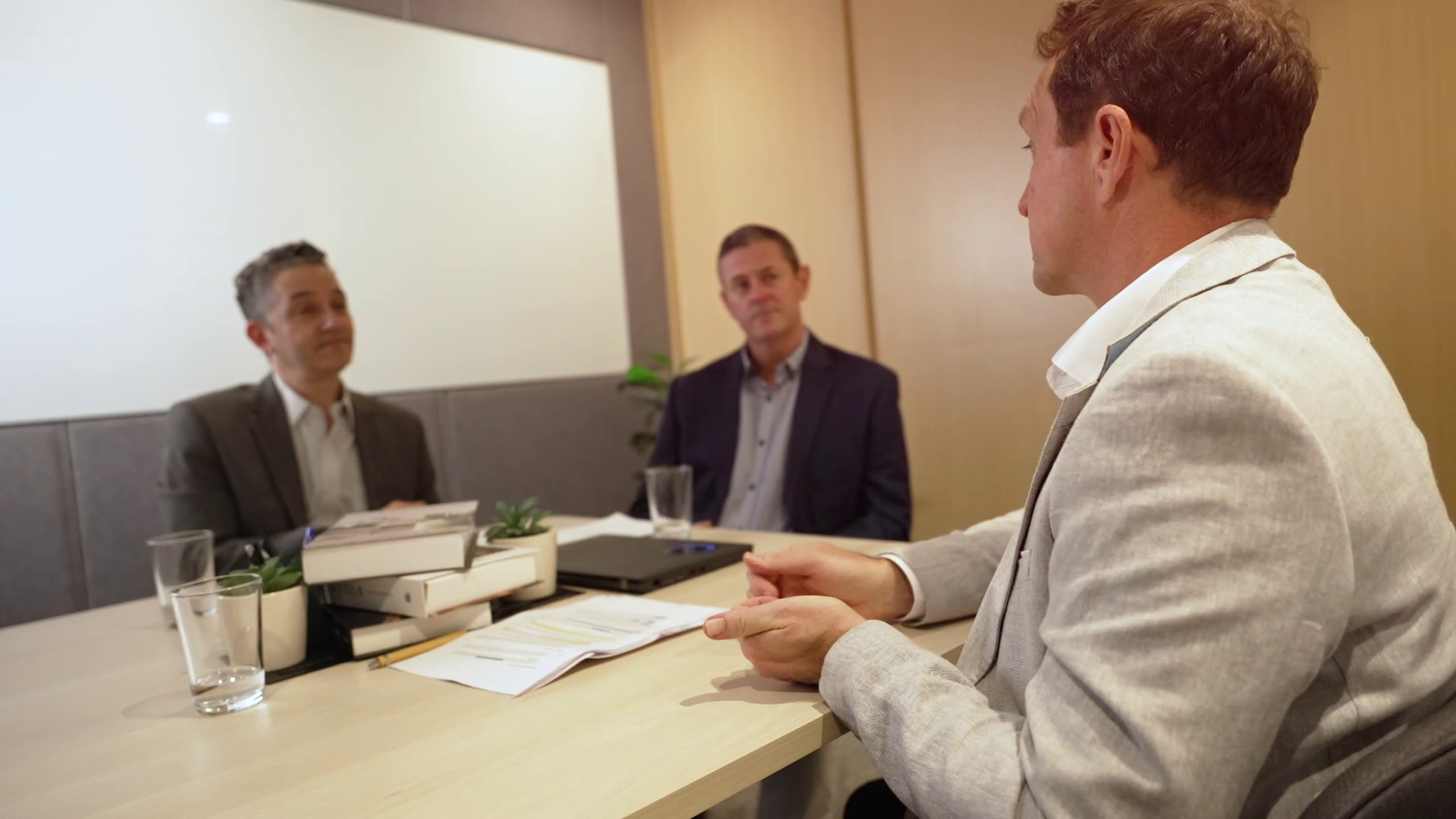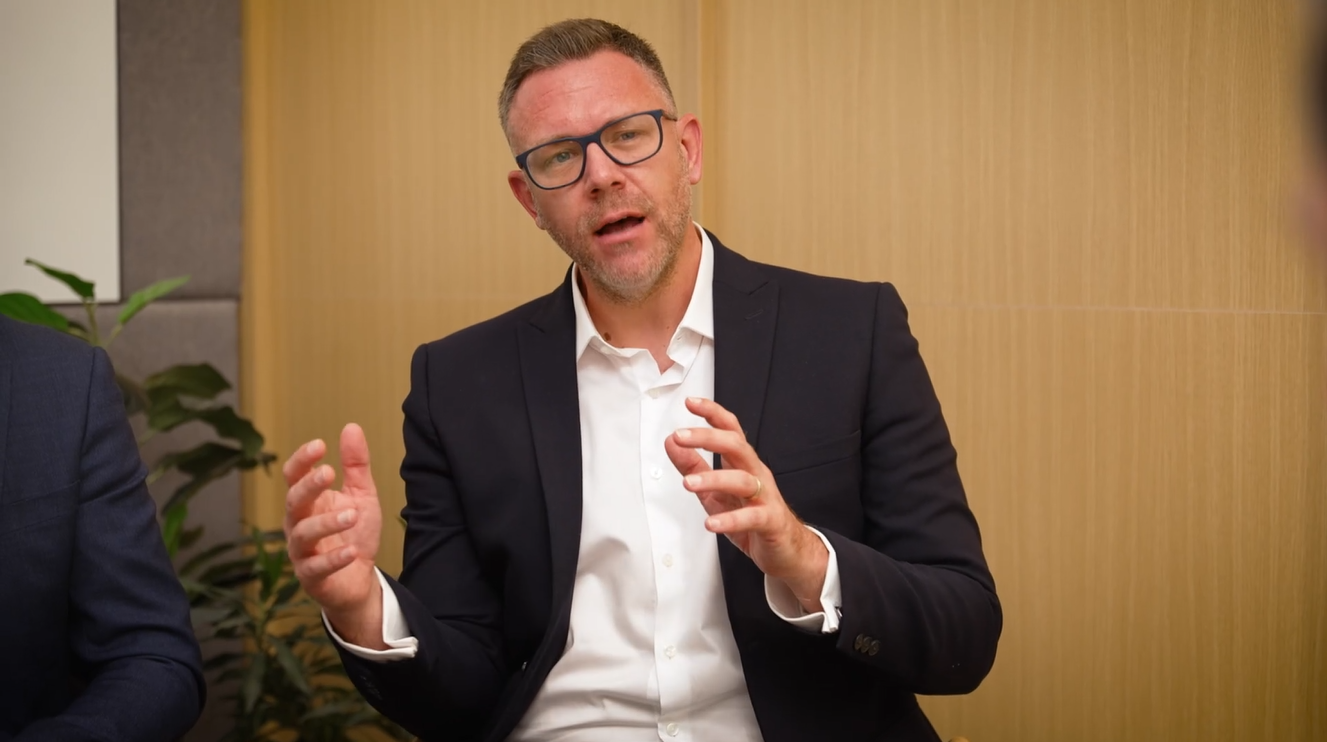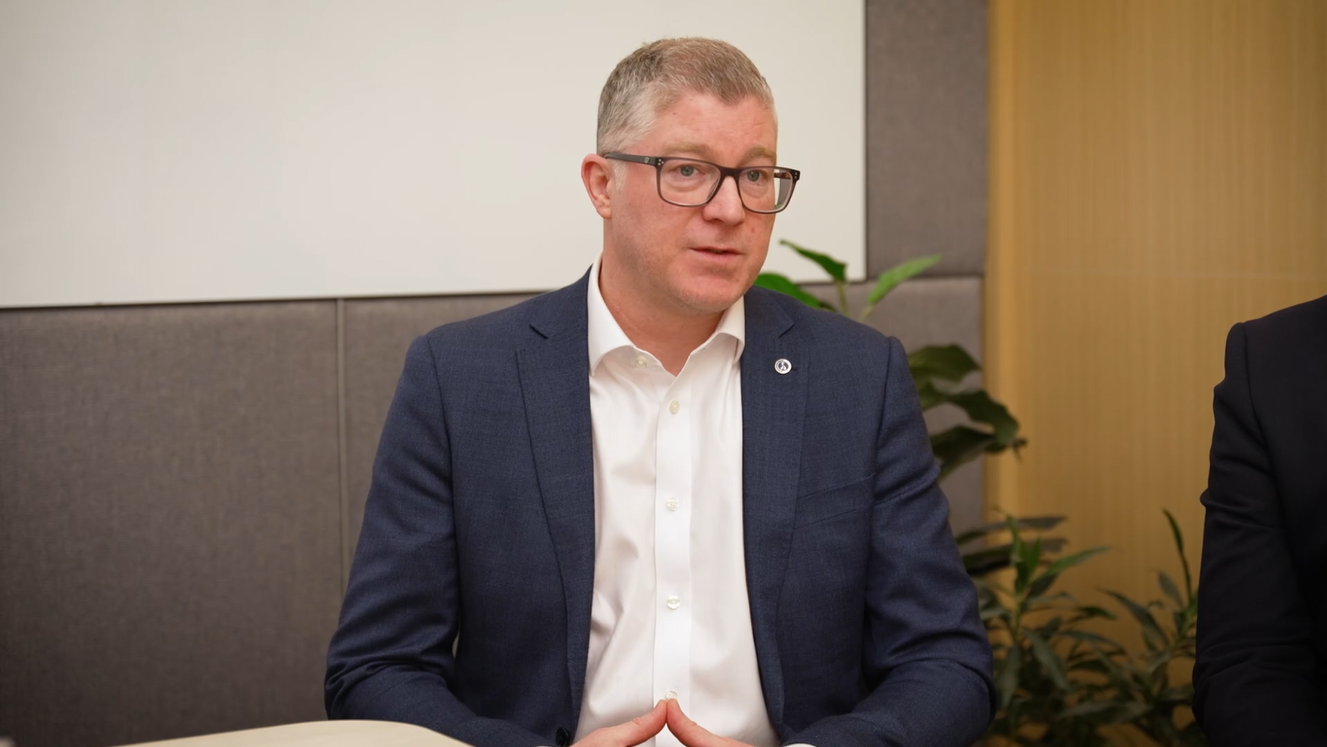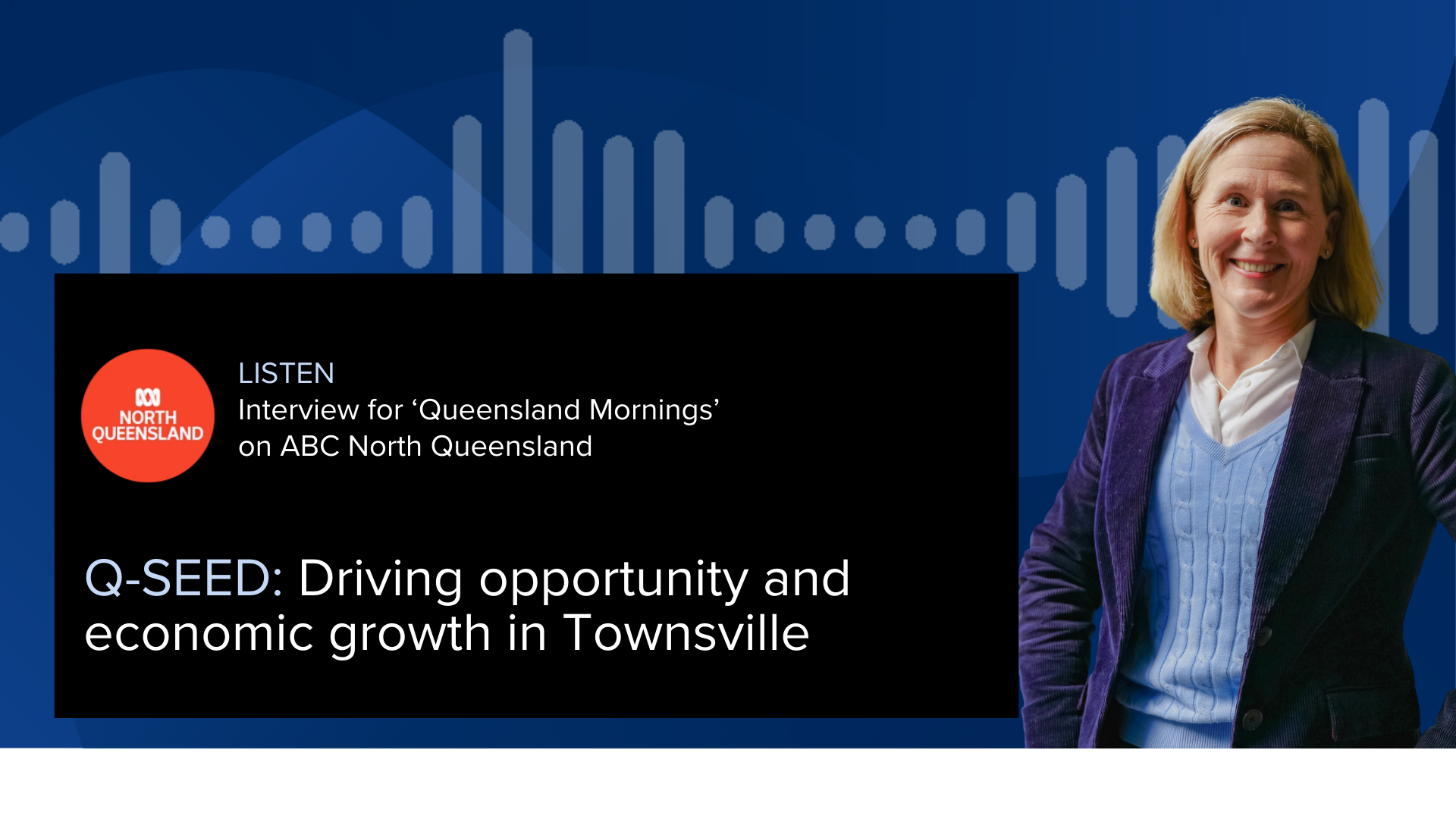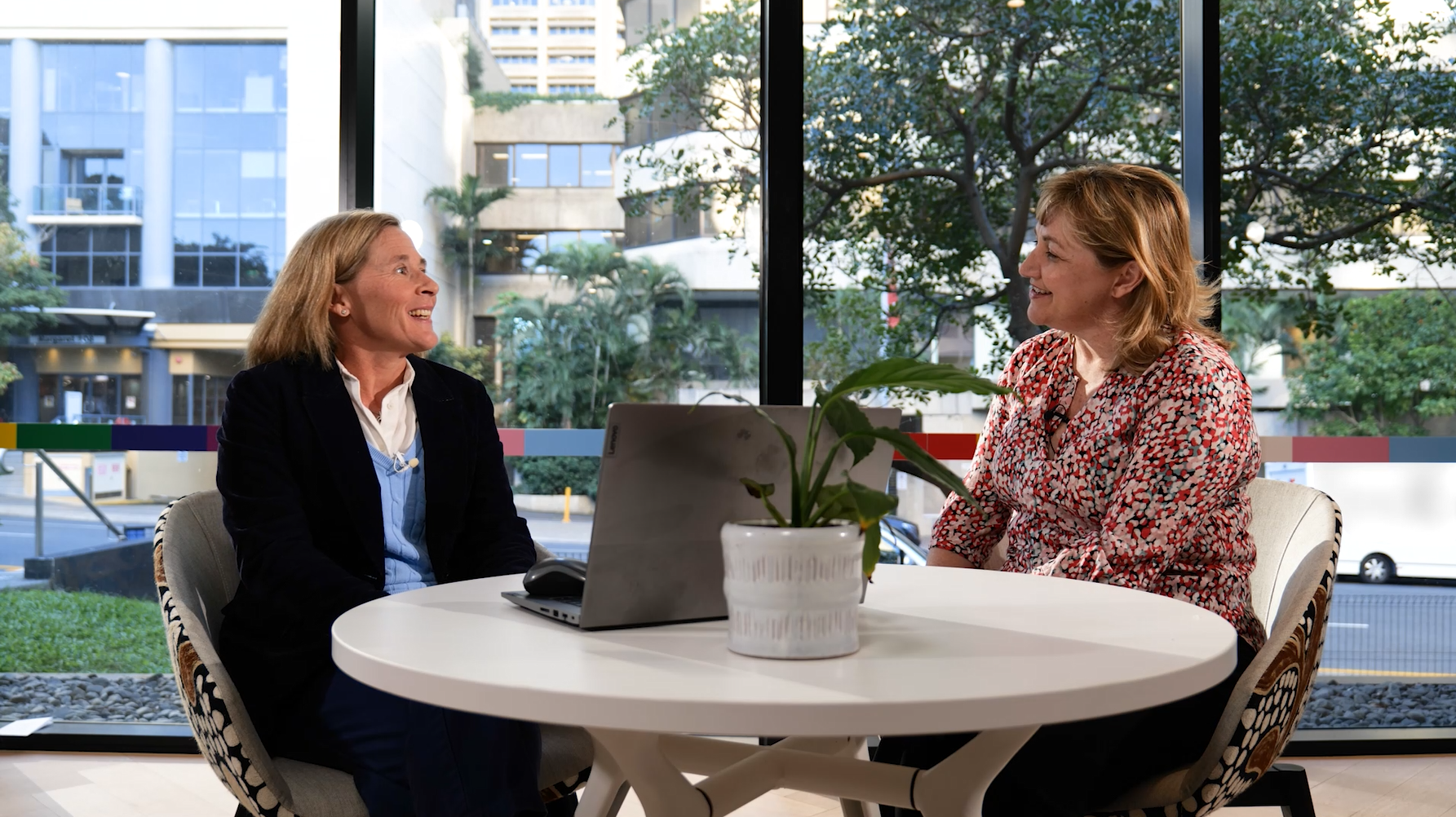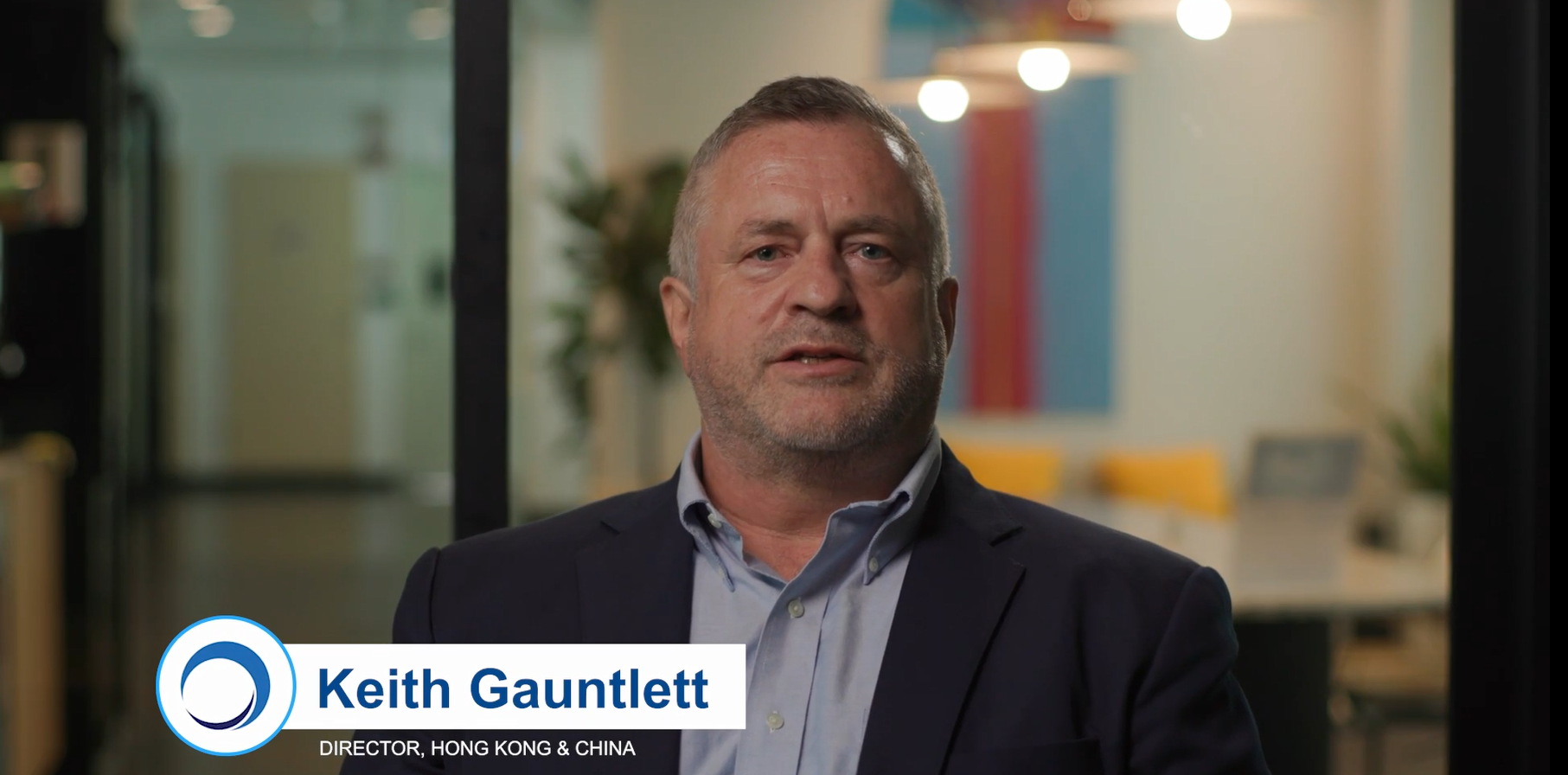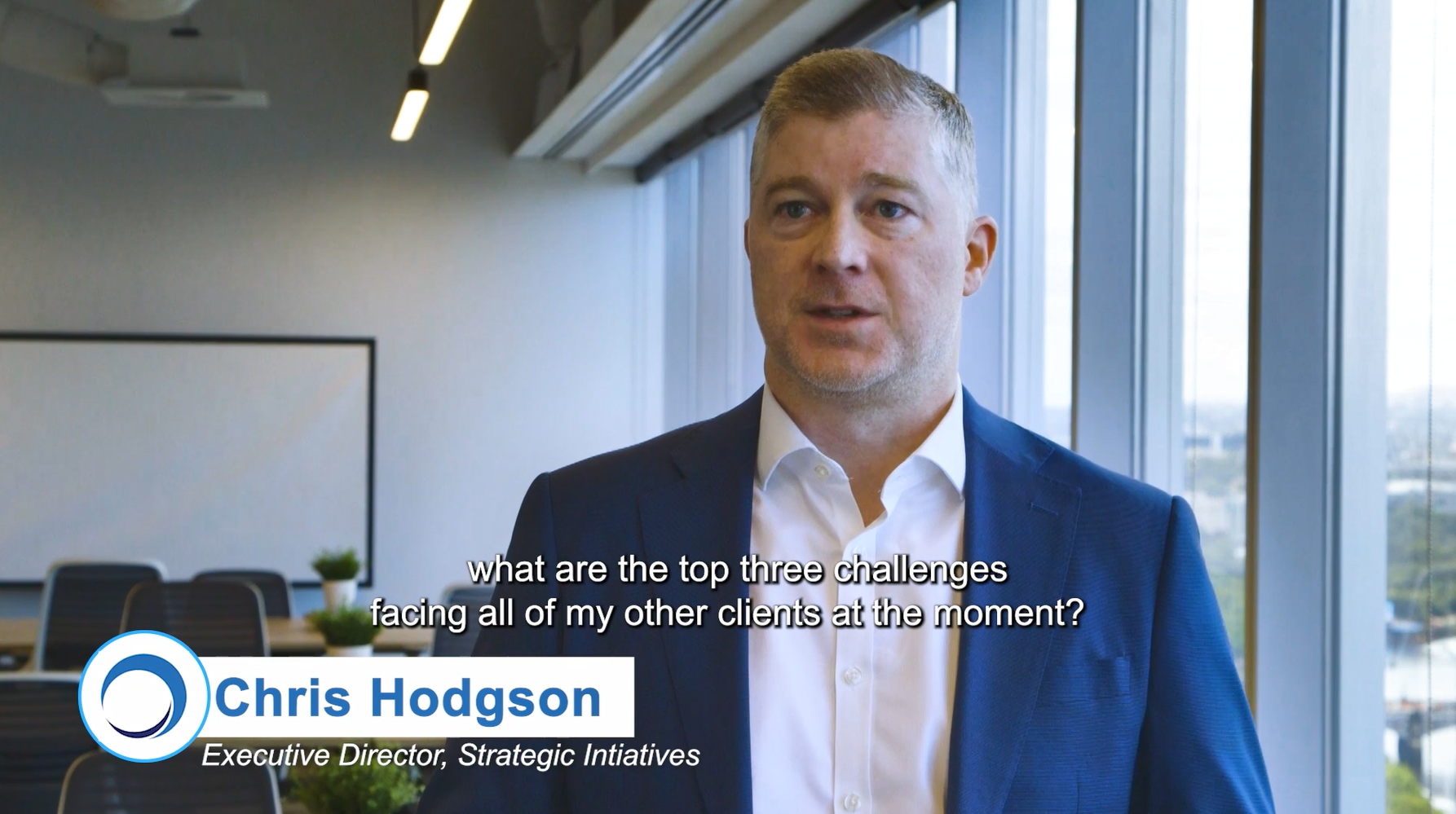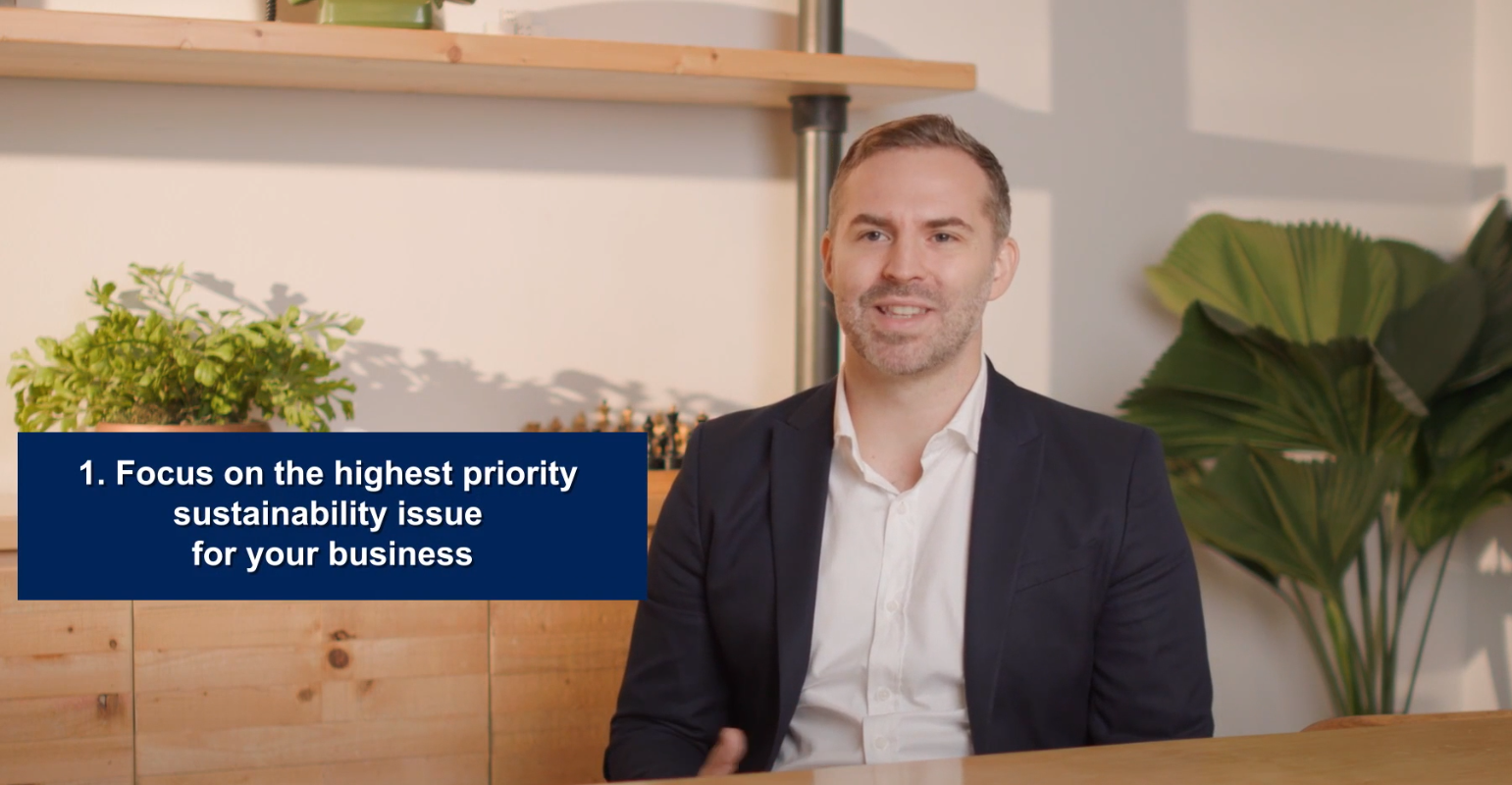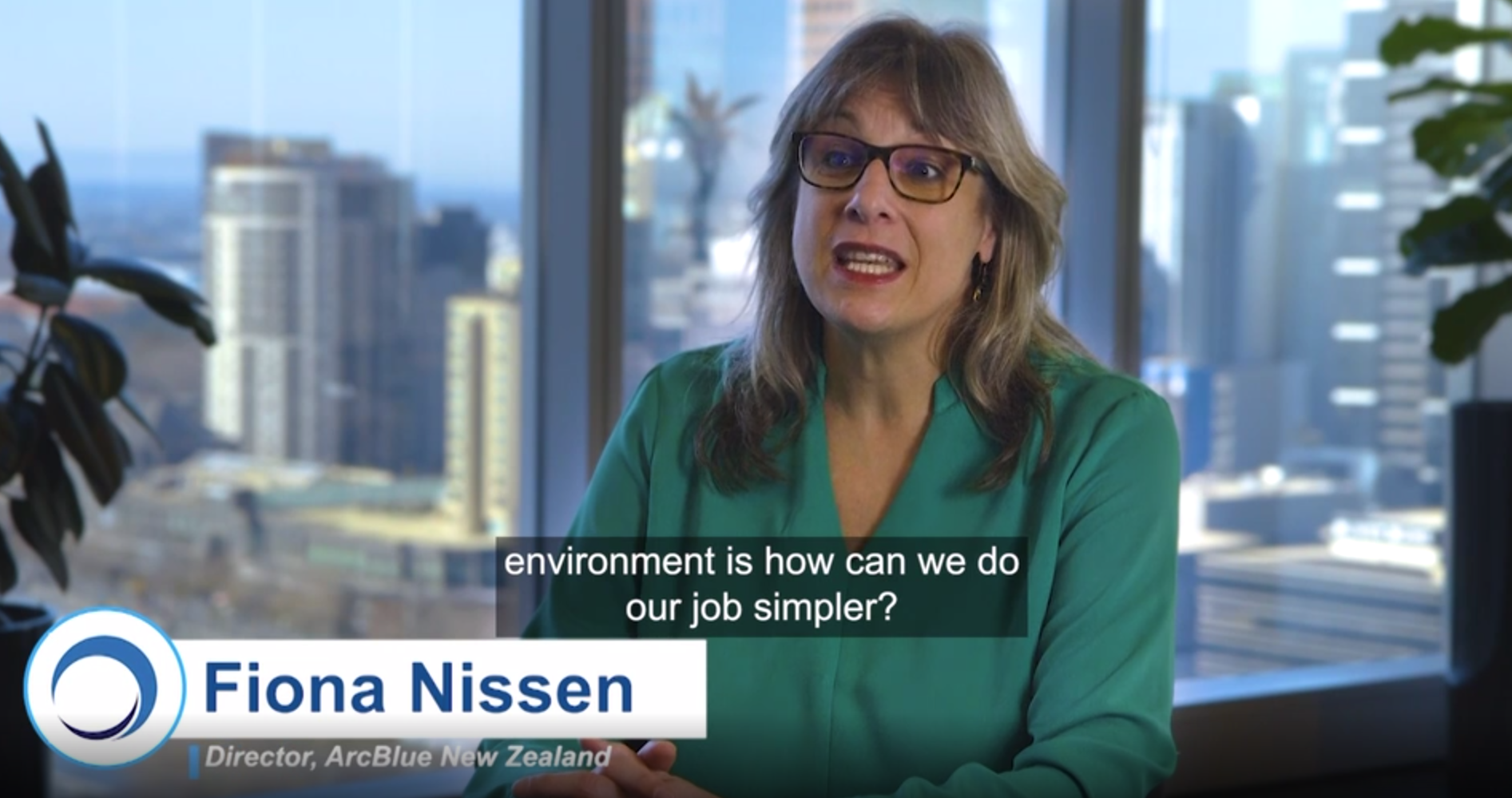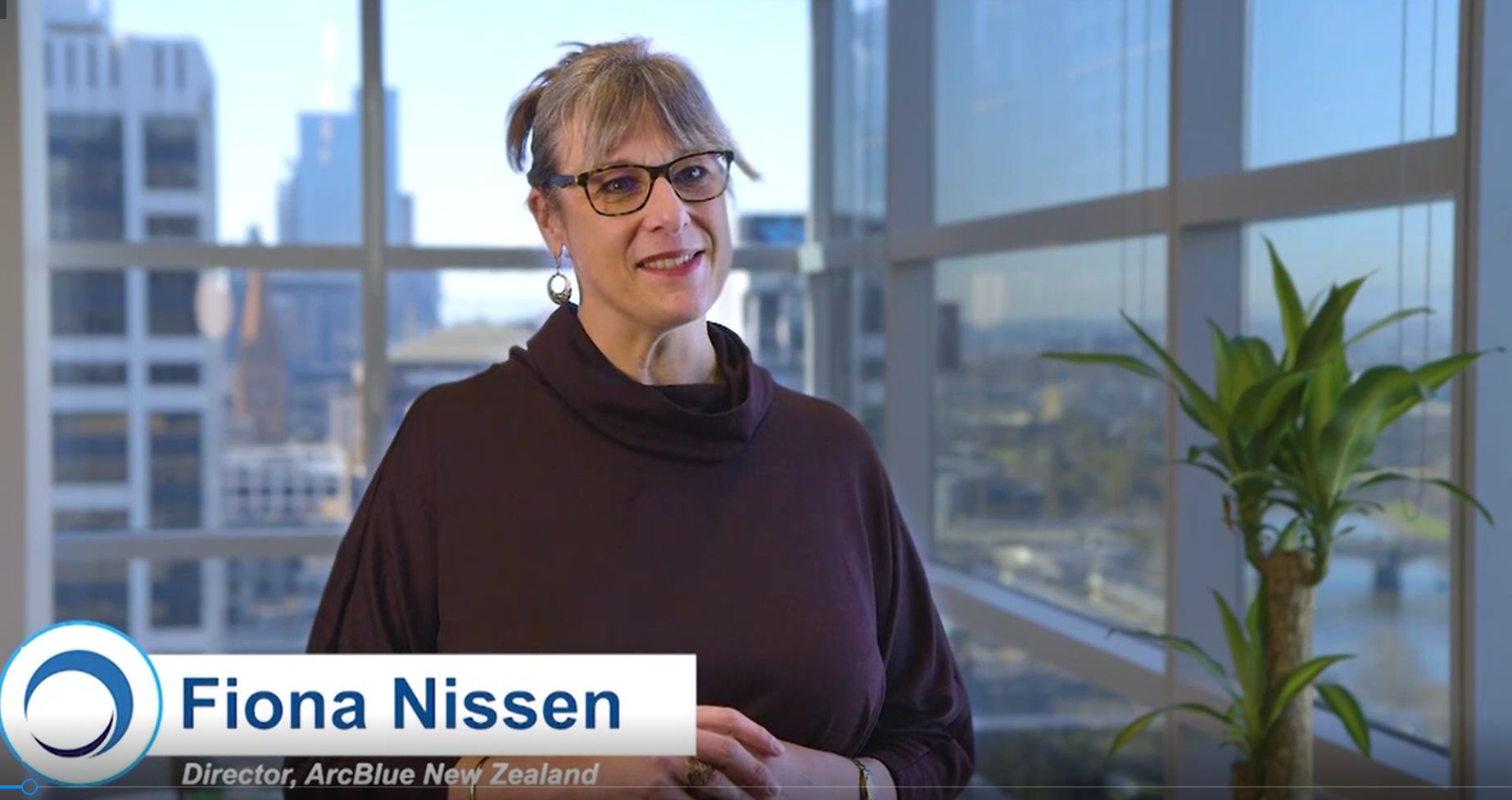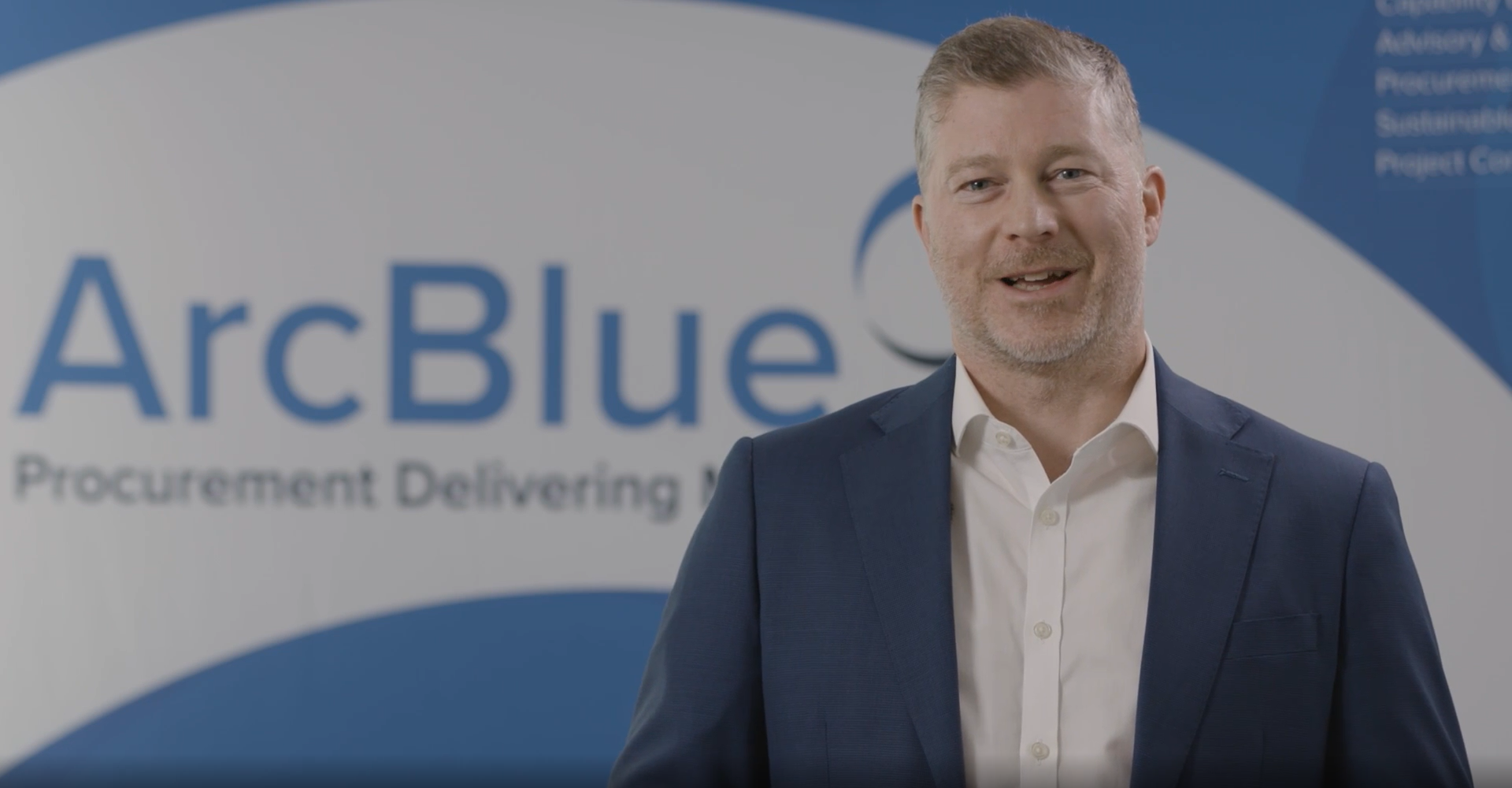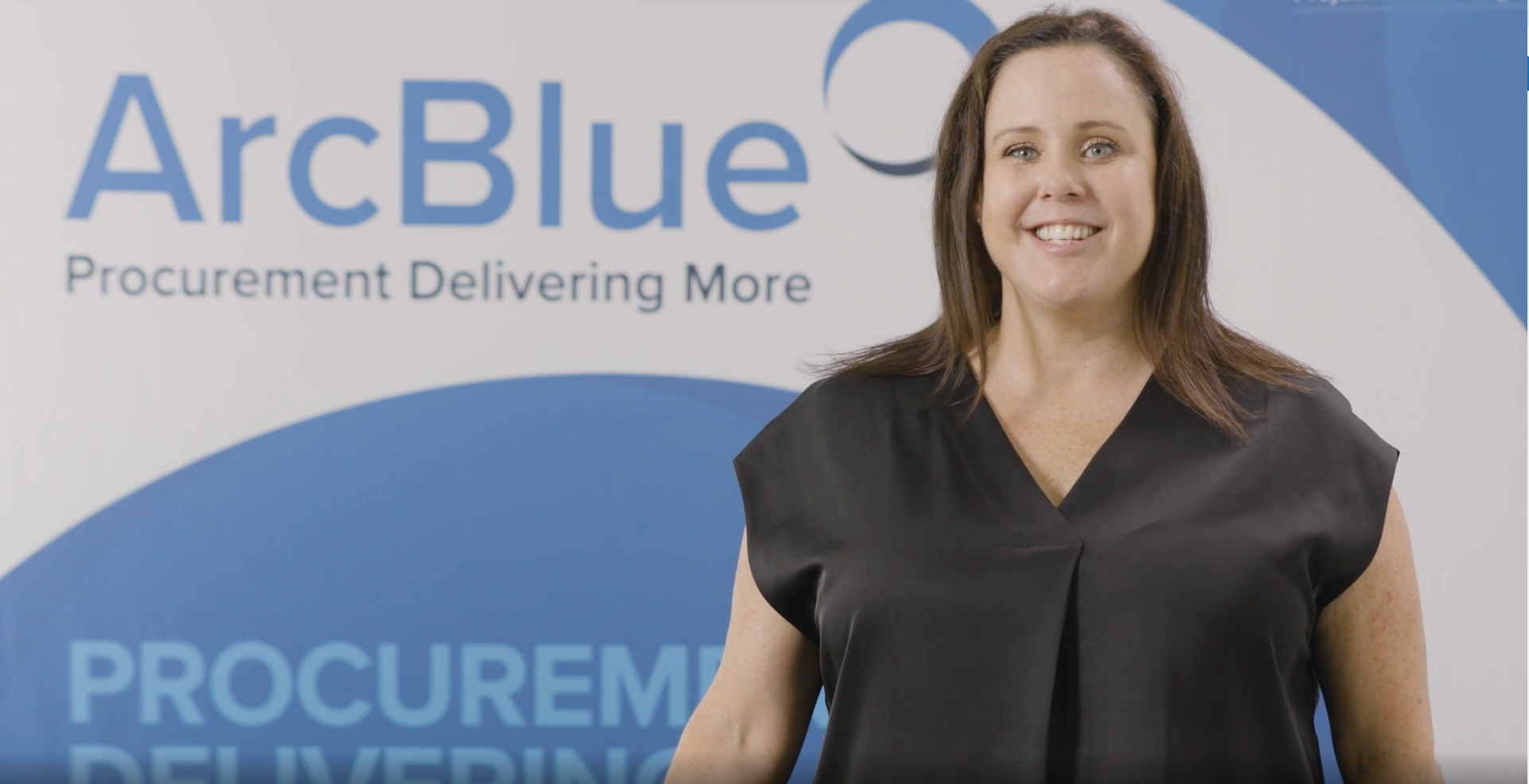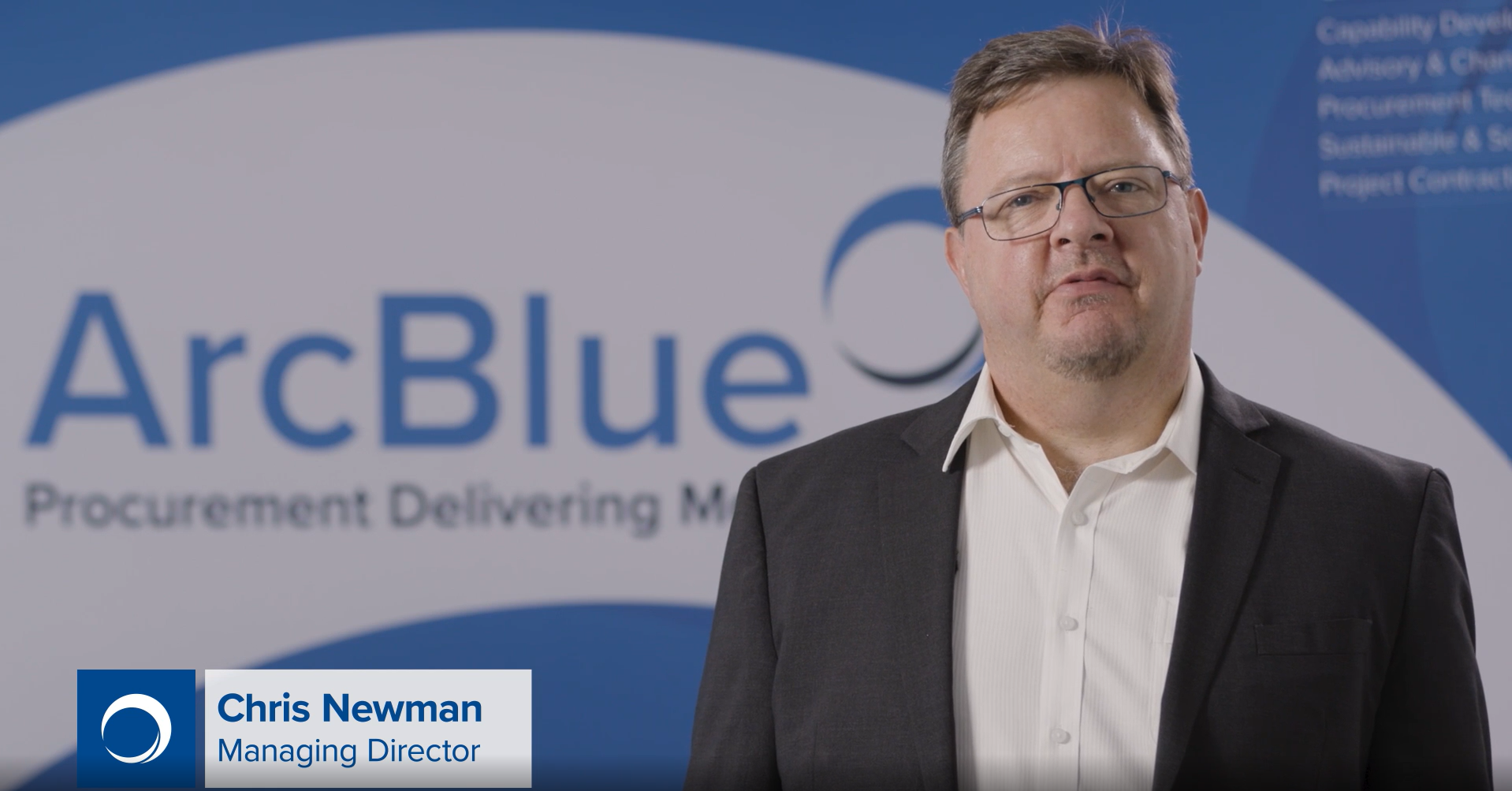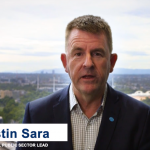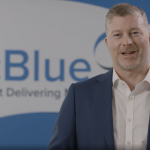- VIDEO
Digital Procurement & Customer Centricity
August 2022
Daniel Fielding, Managing Director, explores how digital procurement can enable better customer & supplier centricity, and how leading organisations are benefiting from an ecosystem approach to procurement digitisation.
Transcript
Procurement is changing and more and more businesses are realizing the impact that the function can have. From delivering better value for shareholders, to delivering better social outcomes, to managing supply chains more efficiently. And really taking advantage of these opportunities requires procurement functions to think differently about how we engage with both our internal customers and our suppliers.
We call this customer and supplier centricity, and it means that procurement is the glue between stakeholders and the supply base, fully focused on how to enable these relationships to be successful and this is where digital procurement comes in.
Digital gives procurement a fantastic opportunity to use technology to drive transformation across the business, to simplify the way we do procurement and provide both stakeholders and suppliers with the right data and processes at the right time to support their decision making. So what is it that our customers really need? One of the main frustrations of stakeholders is that procurement tends to slow things down, preventing them from getting what they need because of cumbersome processes.
If we are to genuinely influence the business and position procurement as a value adding process, we need to show how we can design our frameworks to enable the organization to deliver, not to work against it. Stakeholders also need to access data about their spend and their suppliers performance, and this is what we mean by being customer centric procurement being focused on helping our customers to deliver their outcomes.
What about our suppliers? Well, the world is becoming more competitive and supply markets more restricted. So the way we deal with our suppliers is really important. We want our suppliers to find us easy to do business with. We want them to understand our strategy and our direction and come to us with ideas and innovation. To be supplier centric means ensuring we have the right focus on our suppliers to work collaboratively towards our common goals.
So how does digital procurement help with all of this? Well, digital provides an opportunity to change in a number of ways. We can bring our processes fully online and guide our users to the right procurement process. We can support our stakeholders in not only what they should do, but also how they should do it. We can also provide deep analytics on what is happening across all of our environment to assist both stakeholders and suppliers. So how are organizations achieving this?
Well, they’re doing it in a couple of ways. Firstly, the traditional approach, and that’s to go for full End-To-End systems that do everything out of the box. You know, the kind of End-To-End systems, there’s some really great systems out there. The alternative is to use best of breed solutions knitted together to create an ecosystem of tools and processes to guide and support users. And we are seeing a real trend towards the latter, which is achieved through building an ecosystem based on a simple front end for procurement.
There are so many solutions on the market these days, and the internet of things with plug and play systems gives us the opportunity to build procurement ecosystems that work seamlessly together. One of the key benefits of an ecosystem approach is that the change management issues are reduced, as is the risk of failure.
You build the environment over time, meaning that users are familiar with the environment, the front end, if you like, which then adapts as more tools are built in. It’s also a customer centric approach. The front end interface is built around specific user journeys, creating guided experiences depending on what type of stakeholder or supplier they are. So, how to get started with your procurement ecosystem?
Well, first up, map out your customer and supplier journeys. What experience are they having dealing with procurement? What works well and what doesn’t? Then build a technology roadmap. What do we want to start with and how does this develop over time? And then, finally, don’t forget about change management. It’s the single biggest difference between successful and non successful tech implementations is how we manage the change.
Following this approach will simplify our procurement world and support our suppliers and our stakeholders to deliver. We’d love to have a chat about how you can easily start your digital procurement journey, so please get in touch.
KEEP WATCHING







